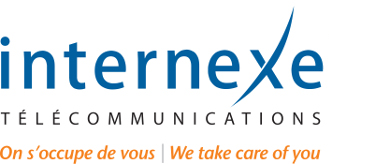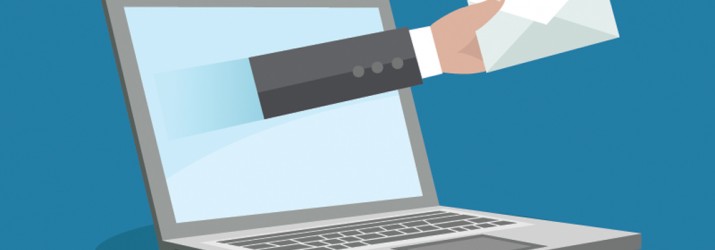E-mail accounts come standard with your internet connection provider or you can use some of the many free services that provide basic accounts. These services often include targeted advertising in exchange for the use of the account.
The advantage of using a free account is that you are not tied to your Internet service provider and if you change providers you do not have to change your e-mail. Many providers now allow you to pay a small fee to keep your old e-mail account active with them, but be careful as your new provider might not allow e-mails sent on their servers that do not originate from current customers.
Some people have more than one account and they choose to split their correspondence between topics or environments. For example you could have a home e-mail and a work e-mail. Some people say it’s a hassle to have more than one account because they have to log into both accounts to check them. If you use a computer desktop e-mail client like Microsoft Outlook or Windows Mail, you can load the multiple e-mail accounts into the application and all your e-mails can be managed in one location. For Mac users or ipad users you can have multiple e-mail accounts in the Mail application.
If you are using a free e-mail account like Gmail, you can also have multiple accounts associated to your main subscription. This allows sending and receiving all your e-mails from the same place.
Bringing your e-mail with you when you travel
Sending and receiving e-mails when you are not connected to the internet via your regular provider is not a problem with free e-mail accounts as they are web based and you can log into your account via any computer connected to the internet.
If you are using the account provided to you by your Internet provider, you should check with them if you need to change any settings on your computer or tablet before leaving the area so that you may continue to use your e-mail account without a problem.
Most Internet providers give you a webmail platform that you can get to access your e-mail account directly on the Internet, no matter where you are located. Make sure you have your user name and password with you.
Master of your own domain
If you have a business or are a member of an organization you should have your own domain name and e-mail hosting account. Anyone can register their choice of domain name with an accredited registrar and then manage their own e-mail accounts. You could choose your family name dot com and give out e-mail addresses to your family members. On the business side of things, it looks more professional if you have your own domain name and e-mail instead of a generic e-mail address supplied from your own provider. If ever you change providers their will not be able to hold your e-mails hostage to them as the e-mail account is their property, not yours.
That joke or picture of the grandkids could have a virus attached
Many people love to send pictures or jokes via e-mail. The traditional chain letter has even an electronic version that gets passed around in today’s electronic age. We recommend that you use a file sharing service or a photo streaming application to distribute pictures to other family members or friends rather than send them via e-mail. You should always be cautious about opening attachments, documents or files from people you don’t know or if they wording seems strange.
If you get something that says “Check out this awesome video“ and you are invited to click a link, this is most likely a trick and clicking on the link will bring you to a site that could open your computer up to be corrupted. Some files might look harmless and contain a funny video or picture but it could also contain a virus in the background.
Just because the e-mail looks like it’s from one of your contacts or friends it does not mean that it truly is from them. Their account could have been compromised and someone is sending faulty e-mails and attachments to their contacts.

